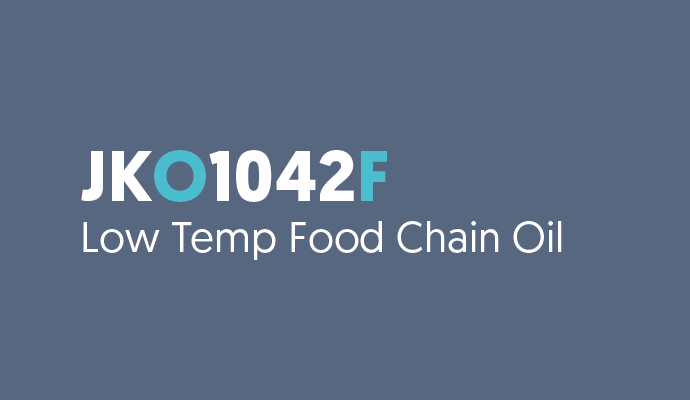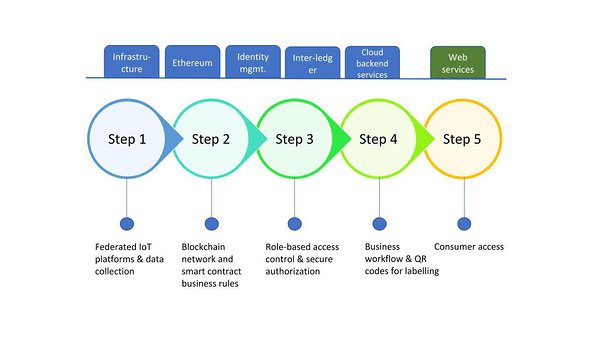Predator or prey, consumer or producer? How about all of the above? Tim and Moby talk about how the food chain connects every species.
- Pictures Of Food Chains
- Food Chains And Food Webs
- Facts About Food Chains
- Food Chains For Kids
- Food Chains Documentary
- Fast-food Chains
- Kids are born with an innate curiosity and love for animals which leads them to question the food habits of animals. Spark the interest of students of grade 2 through grade 7 with these meticulously designed food chain worksheets to interpret terrestrial, aquatic and forest food chains, comprehend food webs and flow of energy in the energy pyramids, get acquainted with frequently used terms in.
- Australia's best known fast food chain is believed to be going cold on shopping centres.
- Some of the worksheets below are Free Food Chain Worksheets, definition of Food Chains and Food Webs, Classify organisms by their roles in the food chain, Man's impact on food chains, Food chain quiz, Once you find your worksheet(s), you can either click on the pop-out icon or download button to print or download your desired worksheet(s).
Facts about Food Chains will inform you about living things that play a role as producers, consumers, and decomposers. Energy is needed by living things to grow and healthy. That is why they transfer their energy through the food chain. Besides, they are related and eat to each other such as grass (producer), zebra (primary consumer), and lion (secondary consumer). Here are ten facts about food chains.
Facts about Food Chains 1: Producers
Plants make their own food by using energy of sunlight, carbon dioxide, and water. The process of it is called photosynthesis. That is why they called as producers.
Facts about Food Chains 2: Consumers

Pictures Of Food Chains
Animals cannot make their own food such as plants, but they eat other animals or plants. That is why they called consumers. There are three types of consumers, including primary consumers or herbivores (eat only plants), secondary consumers or carnivores (eat others animals), tertiary consumer (carnivores eat other carnivores), and omnivores (eat animals and plants).
Facts about Food Chains 3: Decomposers
Food Chains And Food Webs

Bacteria, fungi, and worm belong to decomposers. They eat dead plants and animals or decaying matter. Besides, they also returned back the nutrient into soil which can be used by plants again.
Facts about Food Chains 4: Food chain
Food chain is started by plants and ended by animals. Plants (grass) is eaten by primary consumers. The primary consumers (rabbit) is eaten by secondary consumers (fox). For example, grass –> rabbit –> fox.
Facts about Food Chains 5: Trophic Levels
Each level or position in the food chain is described by trophic level. The first level is plants or producers. The second level is herbivores or primary consumers. The third level is carnivores or secondary consumers. The fourth level is tertiary consumers. The fifth level is predators.
Facts about Food Chains 6: Food Web
Food web is also called as food cycle. It is the end up of the all food chains of what eats what of chains.
Facts About Food Chains

Food Chains For Kids
Facts about Food Chains 7: The concept of food chains
The concept of food chains is introduced by Al-Jahiz (African-Arab). He is a scientist and philosopher.
Facts about Food Chains 8: The importance of each link
Each link of food chains is very important. Because if we loss only one link, it will make the species become extinct.
Facts about Food Chains 9: The populations of food chain
The population of food chain depends on another population. It means that the population is affected by another one. For example, when there are more zebras than grass, the zebras will die. Whereas the grass will grow properly, if there are fewer zebras. The lion also will be die, if the zebra is rare. Besides, the lion will increase when there are fewer lions.
Facts about Food Chains 10: The energy of food chain
Producers (plants) are the source of energy and another link just uses the energy. That is why the available energy is less through the move of food chain.
Food Chains Documentary
We have talked facts about Food Chains. Do you know other facts about food chains?

Pictures Of Food Chains
Animals cannot make their own food such as plants, but they eat other animals or plants. That is why they called consumers. There are three types of consumers, including primary consumers or herbivores (eat only plants), secondary consumers or carnivores (eat others animals), tertiary consumer (carnivores eat other carnivores), and omnivores (eat animals and plants).
Facts about Food Chains 3: Decomposers
Food Chains And Food Webs
Bacteria, fungi, and worm belong to decomposers. They eat dead plants and animals or decaying matter. Besides, they also returned back the nutrient into soil which can be used by plants again.
Facts about Food Chains 4: Food chain
Food chain is started by plants and ended by animals. Plants (grass) is eaten by primary consumers. The primary consumers (rabbit) is eaten by secondary consumers (fox). For example, grass –> rabbit –> fox.
Facts about Food Chains 5: Trophic Levels
Each level or position in the food chain is described by trophic level. The first level is plants or producers. The second level is herbivores or primary consumers. The third level is carnivores or secondary consumers. The fourth level is tertiary consumers. The fifth level is predators.
Facts about Food Chains 6: Food Web
Food web is also called as food cycle. It is the end up of the all food chains of what eats what of chains.
Facts About Food Chains
Food Chains For Kids
Facts about Food Chains 7: The concept of food chains
The concept of food chains is introduced by Al-Jahiz (African-Arab). He is a scientist and philosopher.
Facts about Food Chains 8: The importance of each link
Each link of food chains is very important. Because if we loss only one link, it will make the species become extinct.
Facts about Food Chains 9: The populations of food chain
The population of food chain depends on another population. It means that the population is affected by another one. For example, when there are more zebras than grass, the zebras will die. Whereas the grass will grow properly, if there are fewer zebras. The lion also will be die, if the zebra is rare. Besides, the lion will increase when there are fewer lions.
Facts about Food Chains 10: The energy of food chain
Producers (plants) are the source of energy and another link just uses the energy. That is why the available energy is less through the move of food chain.
Food Chains Documentary
We have talked facts about Food Chains. Do you know other facts about food chains?
